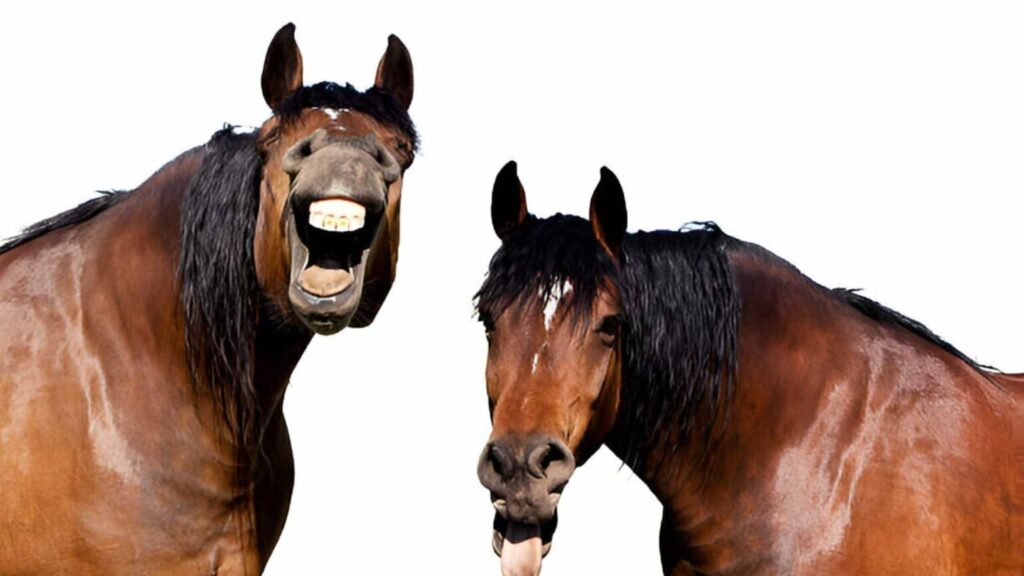Introduction
Horses have been loving creatures and trusted companions of humans for so many years. They have served us dedicatedly for work, sport, leisure, and other activities helpful to humans. Whether you are an equestrian or a rider, the first thing you should ensure about your horse is to check its soundness. Sound horse means that the equine is free from lameness, illness, or injury and is entirely fit to perform. It is vital to ensure the well-being and healthy performance of horses. Let’s discover what a sound horse is and learn how to check it.
What is a Sound Horse?
A horse with good physical, mental, and overall good health is known as a sound horse. Soundness in a horse is vital to ensure its long lifespan, quality of life, and ability to perform day-to-day activities. In short, a sound horse is free from lameness, illness, and injuries that can hinder its natural daily activities and movements. If you also have an equine friend or love to read about the soundness of a horse, then read further to learn how to check your horse’s soundness.
How to Check a Horse’s Soundness
Observe Gait and Movement
It is the most straightforward way to check your horse’s soundness. Observe your horse’s gait and movement in its walk, trot, stride, and canters. If you notice any irregularities, such as stiffness, lameness, or unevenness, then it’s crucial to investigate the source of the problem. A sound horse has smooth and balanced movement in his steps.
Flexion Tests
The flexion test is a valuable tool for determining your horse’s soundness. In a flexion test, each of the horse’s joints is flexed and held in a flexed position for a short period, typically 45 to 60 seconds after releasing the joint. Look for your horse’s trot. The test will indicate the location of the potential issue where you will notice any signs of lameness and discomfort during the test. This test commonly checks the joints of fetlocks, hocks, knees, and stifles.
Visual Inspection
Regular visual inspection can also help you reveal illness or any sign of injury in your horse. Look out for any swelling or unusual lumps or signs. Closely examine your horse’s hooves to find problems like abscesses, cracks, and laminitis. Thorough inspection, grooming, and careful handling of your horse can detect and heal the abnormalities in your horse.
Evaluate Hoof Health
Its hoof condition is essential in determining a horse’s general soundness. Regular hoof care and maintenance, such as trimming and shoeing, are crucial. Examine the hooves for any indications of pain, lameness, or infection. Utilize hoof testers to detect soreness or discomfort in the feet. The hooves of a sound horse should be in good condition and show no signs of wear.
Listen for Unusual Sounds
When evaluating your horse’s soundness, listen for any odd noises that can indicate problems. While the horse moves, pay attention to strange noises, including popping, clicking, or grinding sounds, since these might indicate joint issues. Furthermore, watch for coughing or difficulty breathing since these might indicate respiratory problems.
Check for Behavioral Changes
Sound mental health is equally vital as sound physical health. If your horse’s behaviour changes, it may show signs of stress, pain, or disease. Look for indications of sluggishness, anger, or unwillingness to carry out chores that it would normally accomplish voluntarily. Modifications in behaviour may be the first signs of underlying health problems that require medical treatment.
Consult with a Veterinarian
It’s essential to speak with a veterinarian if you have any worries about your horse’s soundness or if you see any indications of lameness or pain. A veterinarian can identify the cause of the issue and suggest the best course of action with a more thorough examination that includes diagnostic procedures, such as blood testing, ultrasounds, and X-rays.
Maintain a Healthy Lifestyle
It is equally crucial to discover soundness concerns and take preventative measures. Several variables impact a horse’s general health and well-being, including diet, activity, and surroundings. Ensure your horse has access to clean water, shelter, balanced food, and frequent exercise. Maintaining soundness requires proper management techniques, such as routine deworming and dental treatment.
Conclusion
A sound horse is in good health and happiness and can give its best. One of the most important aspects of proper horse ownership is routine examination of your horse for indications of lameness, disease, or injury. By monitoring the above-mentioned factors, you can guarantee your horse’s soundness and long and happy life. Ultimately, your horse’s health reflects how much you care for it and how committed you are to being its owner.

